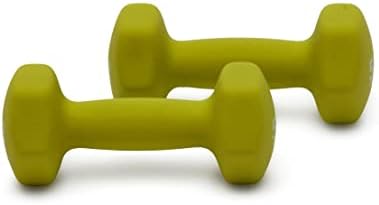Introduction to Strength and Conditioning
Strength and conditioning are critical components of athletic training, focusing on physical exercises to improve performance, aid in injury prevention, and ensure peak physical fitness. This comprehensive approach merges strength training, stretching, aerobic conditioning, and nutritional strategies to equip athletes with the endurance, strength, flexibility, and power needed for their sport. Whether for professional athletes or fitness enthusiasts, mastering strength and conditioning can significantly enhance one's physical capabilities and overall health.
Understanding the Fundamentals
1. Strength Training
Strength training, also known as resistance training, involves exercises that improve muscular strength and endurance. It uses resistance to muscular contraction to build the anaerobic endurance, size of skeletal muscles, and strength. Techniques vary widely and can include traditional weightlifting, bodyweight exercises, and plyometrics (jump training).
2. Conditioning
Conditioning exercises are designed to build the overall fitness of the body, focusing primarily on the cardiovascular system. These exercises aim to increase endurance, reduce body fat, and improve metabolic efficiency. Running, cycling, swimming, and high-intensity interval training (HIIT) are popular conditioning methods.
3. Flexibility and Mobility
Flexibility and mobility exercises are essential for a well-rounded training program. Flexibility refers to the ability of your muscles to stretch, while mobility is the ability of a joint to move freely through its full range of motion. Incorporating stretching routines and mobility exercises helps in preventing injuries, reducing pain, and improving performance.
4. Nutrition and Recovery
Nutrition plays a pivotal role in strength and conditioning, providing the body with the necessary fuel and building blocks for recovery and growth. A balanced diet rich in proteins, carbohydrates, fats, vitamins, and minerals supports energy needs and muscle repair. Recovery strategies, including adequate sleep, hydration, and rest days, are equally important to allow the body to heal and develop.
Developing a Strength and Conditioning Program
To create an effective strength and conditioning program, it's essential to assess your current fitness level, set realistic goals, and understand the demands of your sport or fitness aspirations. A well-rounded program should include elements of strength training, conditioning, flexibility/mobility work, and recovery practices, tailored to meet individual needs and goals.
1. Setting Goals
Begin by setting clear, achievable goals. Whether it's improving overall fitness, increasing muscle mass, or enhancing athletic performance, your objectives will guide the design of your program.
2. Plan Your Workouts
Divide your training into cycles (e.g., preparatory, competitive, and transition phases) to focus on different elements strategically. Include a variety of exercises to target all major muscle groups, and gradually increase the intensity to avoid plateaus and ensure continuous improvement.
3. Monitor Progress and Adjust
Tracking progress is crucial for motivation and for evaluating the effectiveness of your program. Use a training journal, apps, or professional assessments to monitor improvements, and be ready to adjust your program based on feedback and results.
Tips for Success
Success in strength and conditioning requires consistency, patience, and a willingness to push your limits. Here are some tips to help you on your journey:
- Focus on technique over heaviness or speed, especially when learning new exercises.
- Incorporate rest and recovery periods to prevent overtraining and injuries.
- Stay hydrated and fuel your body with the right nutrients before and after workouts.
- Seek advice from professional strength and conditioning coaches when needed.
- Be patient and persist, as significant improvements take time.
Conclusion
Mastering strength and conditioning is a journey that demands dedication, discipline, and a well-planned approach. By understanding the fundamentals, developing a tailored program, and following through with consistency and focus, anyone can improve their physical performance and achieve their fitness goals. Remember, the key to success lies in balancing training with adequate recovery, nutrition, and a positive mindset.





